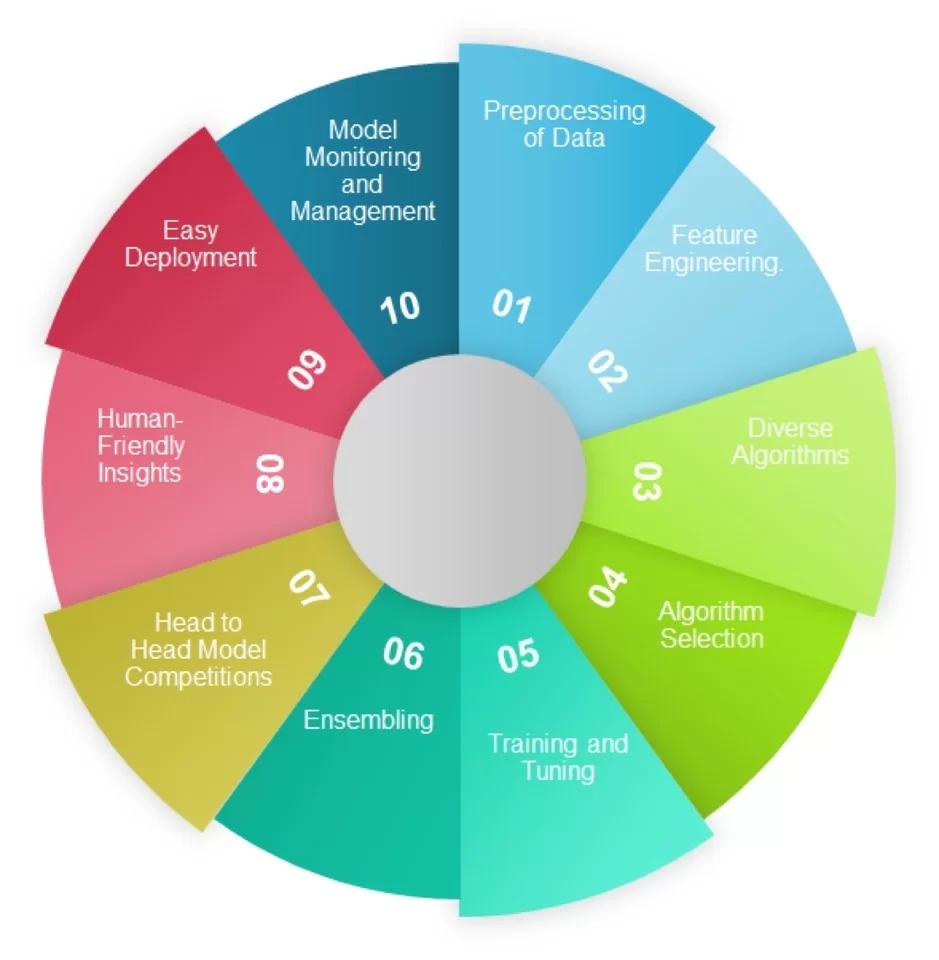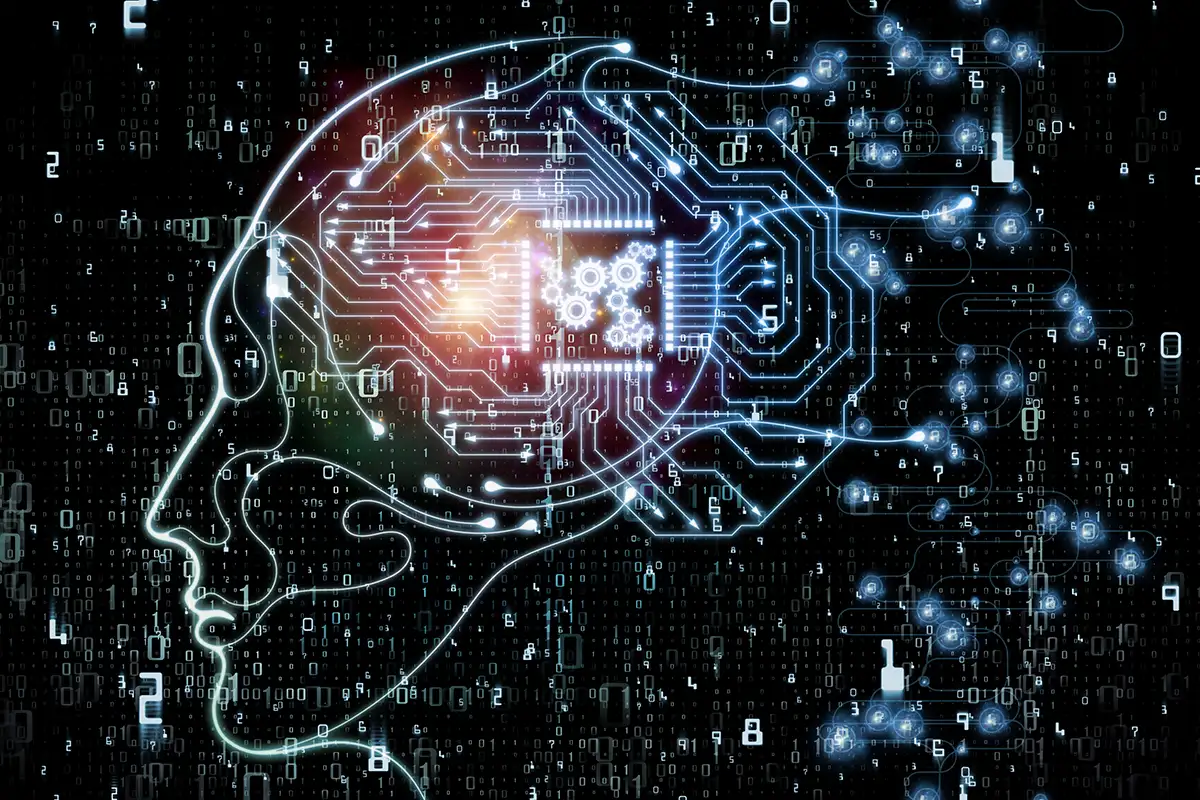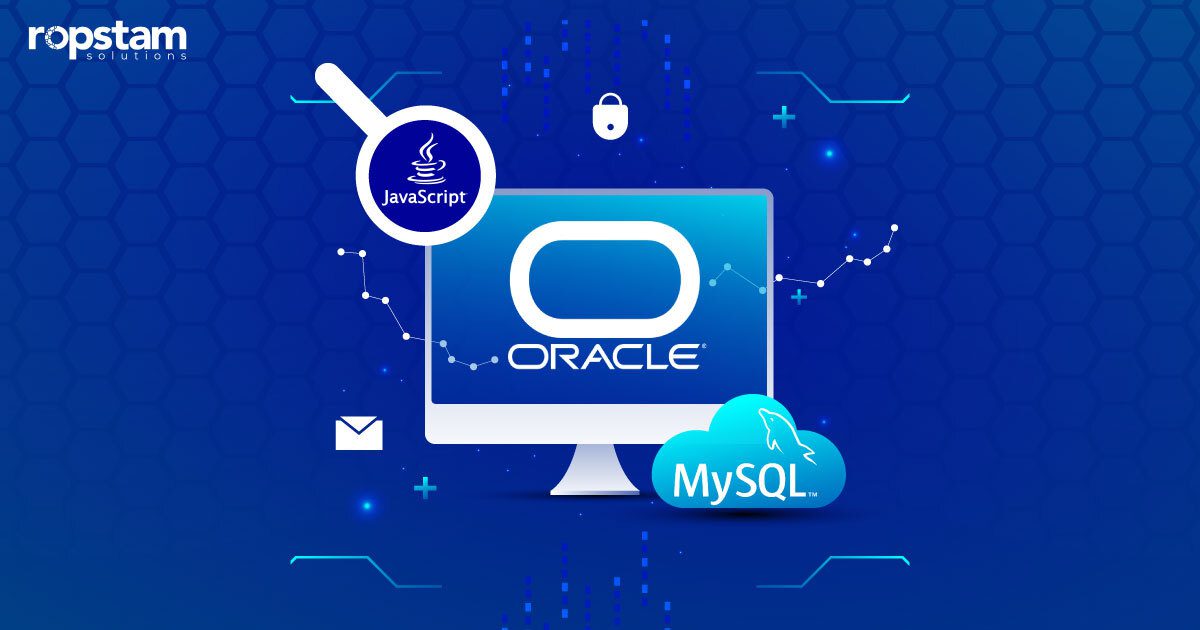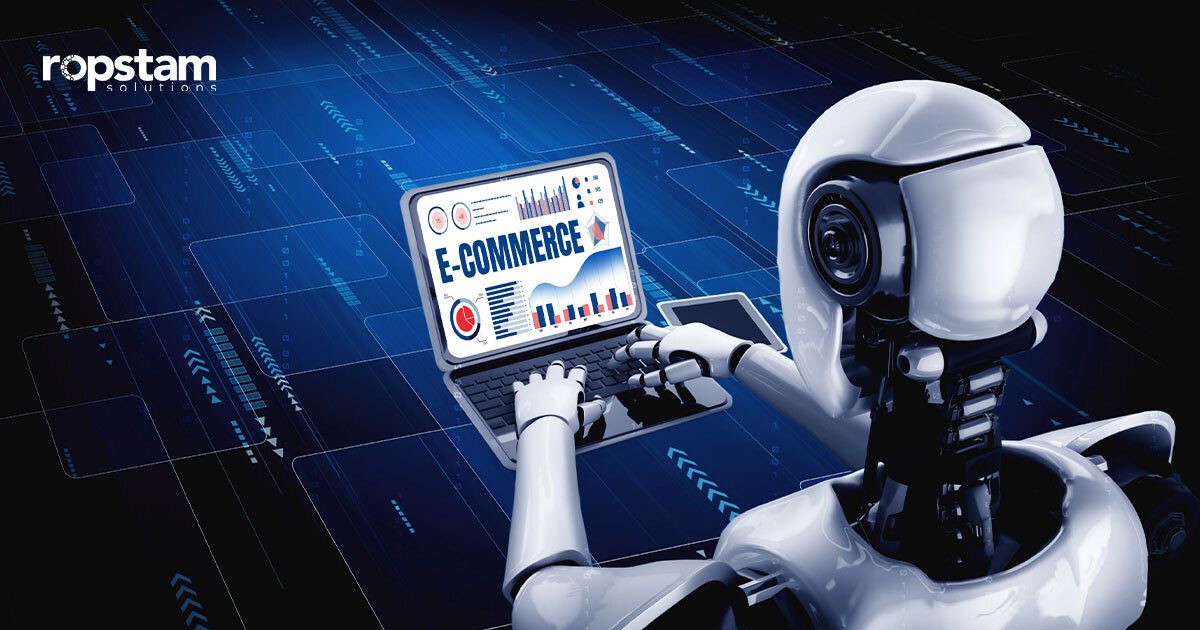The procedures while building machine learning models is a tedious yet significant interaction. There are many such activities going from setting up the data, choosing and preparing algorithms, understanding how the calculation is decided, right down to conveying models to creation. I like to consider the machine learning plan and upkeep process as being contained in ten stages.
Machine learning, basically, is the most common way of perceiving examples and drivers in verifiable data to foresee future results. In a couple of brief years, ML will go from something colorful utilized by Data Scientists to something extensively utilized by the more extensive examination of the local area.

Step 1: Preprocessing of Data
A data mining strategy that includes changing data into a justifiable configuration. Every calculation works distinctively and has various data requirements. For instance, a few algorithms need numeric highlights to be standardized, and some don’t. Then there is complicated text, which should be parted into words and expressions, and in certain dialects, for example, Japanese, that is truly troublesome!
Search for an automated machine learning stage that knows how to best plan data for each unique calculation, perceives and gets the ready text, and follows best practices for data partitioning.
Step 3: Diverse Algorithms
Each dataset contains remarkable data that mirrors the singular occasions and qualities of a business. Because of the range of circumstances and conditions, one calculation can’t effectively take care of each and every conceivable business issue or dataset. Along these lines, we really want admittance to a different vault of algorithms to test against our data, to track down the best one for our specific data.
Search for an automated machine learning stage that has handfuls or even many algorithms. Ask how frequently new algorithms are added.
Step 4: Algorithm Selection
Having many algorithms accessible readily available is perfect, yet except if you are quieter than I am, you lack the opportunity to attempt all of those algorithms on your data. A few algorithms aren’t fit your data, some are not fit your data sizes, and some are incredibly far-fetched to function admirably on your data.
Search for an automated machine learning stage that knows which algorithms check out for your data and runs just those. That way, you will get better algorithms quicker.
Step 5: Training and Tuning
It’s very standard for machine learning software to prepare the calculation on your data. Frequently there’s as yet the hyperparameter tuning to stress over. Then you believe you should make a highlighted choice, to work on both the speed and exactness of a model.
Search for an automated machine learning stage that utilizations savvy hyperparameter tuning, not simply savage power, and knows the main hyperparameters to tune for every calculation. Check whether the stage realizes which highlights to incorporate and which to forget about, and which include choice technique turns out best for various algorithms.
Step 6: Ensembling
In data science language, groups of algorithms are classified as “ensembles” or “blenders.” Each calculation’s assets balance out the shortcomings of another. Troupe models regularly beat individual algorithms as a result of their variety.
Search for an automated machine learning platform that tracks down the ideal algorithms to mix together, incorporates a different scope of algorithms, and tunes the weighting of the algorithms inside every blender.
Step 7: Head-to-Head Model Competitions
You won’t be aware of the time which calculation performs best on your data. In this way, you really want to analyze the precision and speed of various algorithms on your data, paying little mind to which programming language or machine learning library they came from. You can consider it is resembling a rivalry among the models, where the best model successes!
Search for an automated machine learning platform that forms and trains many algorithms thinks about the outcomes, and positions the best algorithms in view of your requirements. The platform ought to think about exactness, speed, and individual forecasts.
Step 8: Human-Friendly Insights
machine learning and artificial intelligence have taken enormous steps forward in prescient power, yet at the cost of intricacy. It isn’t enough for a machine learning answer to score well on just exactness and speed. You additionally need to believe the responses it is giving. In directed enterprises, you need to legitimize the model to the controller. Also, in showcasing, you want to adjust the advertising message with the crowd the model has picked.
Search for an automated machine learning platform that makes sense of model choices in a human-interpretable way. The platform ought to show which elements are generally significant for each model and show the examples fitted for each component. Find out if the platform can give worked models, including the key motivations behind why an expectation is either high or low. Check whether the platform consequently composes itemized model documentation and how well that documentation conforms to your controller’s requirements.
Step 9: Easy Deployment
an automated machine learning platform that offers simple sending, including a single tick, convey, that can be worked by a business individual. Ask the number of organization choices that are accessible, whether models can be sent on your standard framework equipment, and whether the platform pre-tests traded scoring code to guarantee it creates similar responses as in preparing. Likewise, check whether the merchant has an enormous specialized help group found from one side of the planet to the other that can give data science and designing help 24 hours out of each day.
Step 10: Model Monitoring and Management
In a changing world, your AI applications need to stay up with the latest the most recent patterns. Search for an automated machine learning platform that proactively recognizes when a model’s presentation is breaking down over the long haul, making it simple to contrast expectations with genuine outcomes, working on the undertaking of preparing another model on the most recent data.















